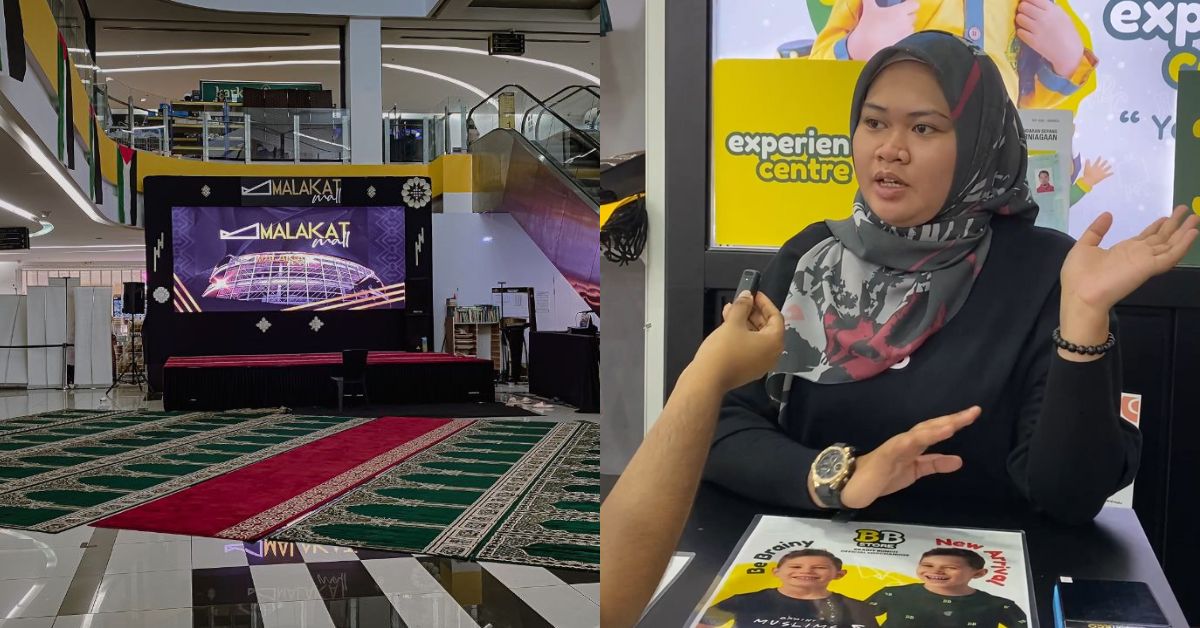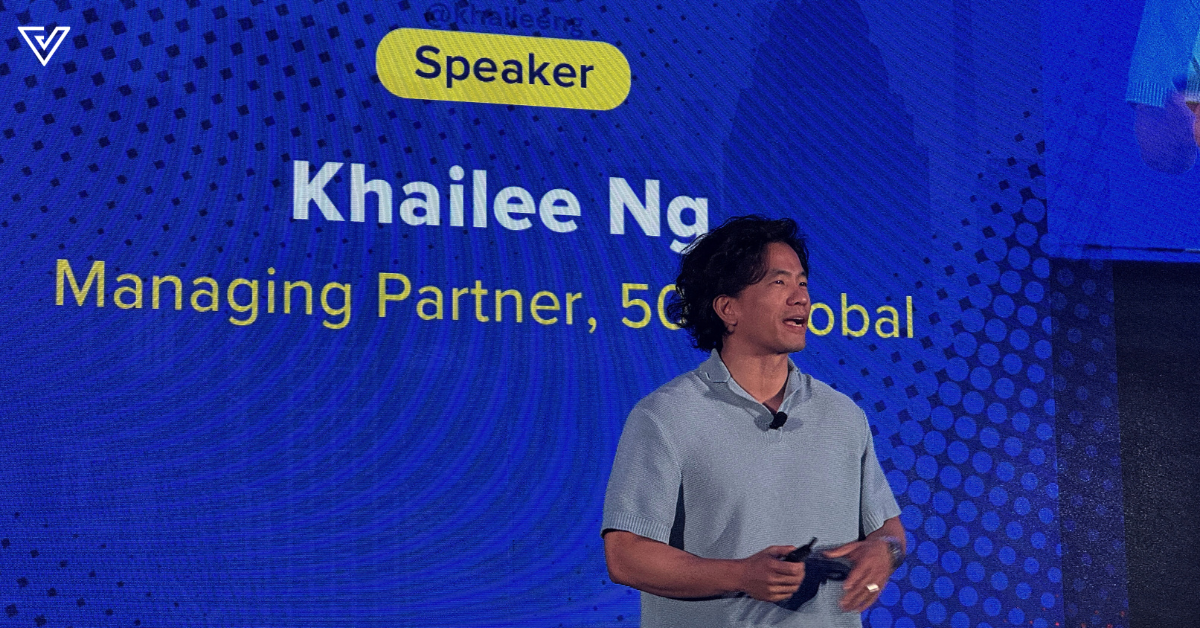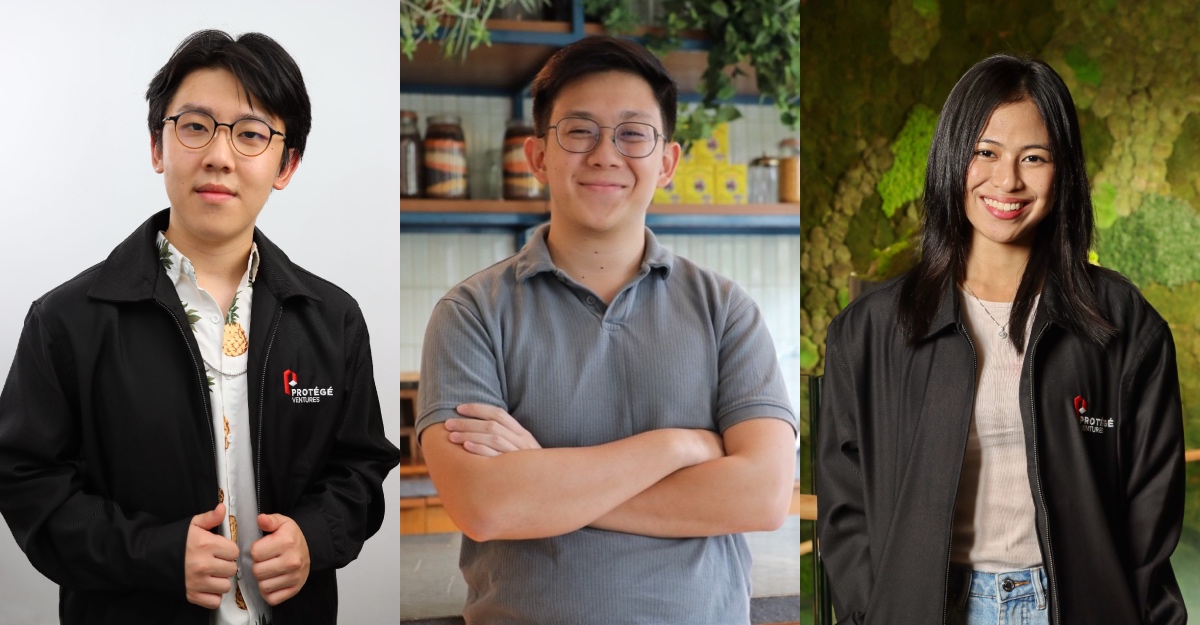E-commerce and food deliveries are two things many Malaysians can no longer go without on the daily. While they’ve so far presented unrivalled convenience, their logistics are still plagued by a fair share of issues.
Kennedy Wai, the founder and CEO of HelloWorld Robotics established in 2018, identified three main issues his company would like to solve when it comes to delivery.
First of all, there is the high delivery cost, which he said can be categorised into costs for businesses and end-users.
Secondly, long delivery times are not uncommon, as it takes time to engage riders/couriers to deliver food and packages to end-users, which slows down the last-mile delivery process.
Thirdly, there is also the issue of unreliable riders, which equates to unreliable deliveries. While it is true that riders’ behaviours are hard to predict, Kennedy acknowledged that there are a number of contributing factors: inadequate salaries, poaching and absconding, lack of training absence of employee benefits and career progression opportunities, and health and life risks.
To solve these issues, HelloWorld Robotics is developing and manufacturing autonomous robots to perform last-mile deliveries.
Hassle-Free Deliveries To Doorsteps
Besides being the main founder and CEO, Kennedy is also the CTO and Industrial Designer as he’s a robotics engineer with a background in robotics and automation.

He met his co-founder Abe Lim, now the CMO in charge of HelloWorld Robotics’ marketing and business development, on a startup platform.
What HelloWorld Robotics’ robots essentially do (for now) is deliver groceries and food by travelling on sidewalks, public roads and pedestrian areas autonomously.
When a robot arrives at your doorstep, you can unlock the robot to get your packages by entering a passcode on your phone. If you’re not at home, you can tell the robot to unload the packages into a pre-installed safe drop in front of your house to avoid failed deliveries.
These robots are ready to deliver overnight and 24/7, with a fleet of them always on stand-by to receive and execute orders and deliveries. End-users will no longer have to face delayed and unpredictable delivery times.

“We design the robots for last 100m to 4km distance and safe-drop for 10m to 100m distance to make sure landed houses delivery can be as convenient as condo delivery models with an affordable cost,” Kennedy said.
Starting Out In Controlled Environments
The current design of the robots enables them to travel up to 40km on a single charge with a normal payload of 15kg to 20kg, and the target is to have them travel only 1km to 2km for each delivery for better control and delivery time. “We want to limit one order to around 15 minutes and that’s the key criteria when it comes to food delivery,” he explained.

However, he definitely plans on expanding the robots’ coverage and last-mile distance to 5km in the future. For deliveries over 5km in distance, he plans to develop and deploy self-driving car-like autonomous robots in the next 3 years which can move at a higher speed on public roads to carry out more deliveries.
At the moment, they’ve placed a limit on the robots’ speed to cap it at 1m to 1.5m/s for safety concerns as the robots mostly travel on sidewalks. To avoid obstacles like static objects and walking humans, the robots have a LiDAR sensor for pre-mapping, localisation and obstacle avoidance.
Even with its sensors, Kennedy said they’ll still have one robot operator to monitor 5 delivery robots at a time so that they can take control over the robots if things go south.
HelloWorld Robotics has yet to fully launch their robots for use and are still doing pilot tests in Cyberjaya with support from the Cyberview Living Lab Pilot Program.
Editor’s Note: Information in the above paragraph has been edited after publishing to reflect accuracy.
Once they launch, they will first target locations like Cyberjaya and Putrajaya that have better infrastructure like proper pedestrian walkways.
They want to keep it within controlled environments like gated communities and university campuses as they’ll be able to avoid public regulations for the deployment of their delivery robots.
Bootstrapped Beginnings
Using only his previous savings which added up to about RM25,000, Kennedy started HelloWorld Robotics in China. After winning a startup competition there and receiving nearly RM90,000 in grants from Dongguan City Government, he was able to finish the first workable MVP for pilot tests.

HelloWorld Robotics will monetise by providing a fleet of delivery robots to clients who subscribe to their services to get unlimited deliveries at a monthly cost. “We are expecting to reach 15 collaboration deals and having USD500 as monthly revenue after raising seed funding to deploy 30 robots,” he added.
He also believes delivery bots on the sidewalk will beat cars and delivery riders in the long run. “If you take a purely semi-autonomous (90% autonomous, 10% manual) approach using the cheapest LiDAR fusing with multiple USB cameras and ultrasonic sensors, we can significantly improve the unit economics to build a more sustainable business,” he said.
“In the near future, we plan to expand the autonomous delivery robot service to Australia and New Zealand due to their local high cost of on-demand delivery service and labour cost,” he shared.
Change Is Needed For Technological Advancement
As an early-stage robotics startup without huge capital backing and external support, Kennedy found co-founders and money to be the most challenging issues.
“For long-term challenges, this industry is no doubt hard, combining food and perishables with delivery and logistics, hardware, autonomous robots, highly demanding consumers, government regulation, and vandalism etc.,” he said.
To combat this, they’ll have to add more safety functions, sensors, cameras and a hidden GPS to track any robots that are stolen.

Kennedy also raised concerns about potential obstructions to the country’s technological advancement.
As someone in the robotics industry, he’s observed that many factories and businesses in Malaysia are still using technology from Industry 2.0 and relying on lowly-paid foreign workers to maintain salary levels over the years.
“We have to have our own design technology to build autonomous robots at least starting with a specific field,” he said. To do this, he believes Malaysia will need to improve its STEM education system for students.
He’s also noticed that Malaysia is always two steps behind when it comes to changing the regulations for innovation, and he advised:
Regulation directly affects the innovative process, while innovation and technical change have significant impacts on regulation. To be successful, regulatory reform efforts must take into account the linkages between regulation and innovation.
- You can find out more about HelloWorld Robotics here.
Featured Image Credit: HelloWorld Robotics









